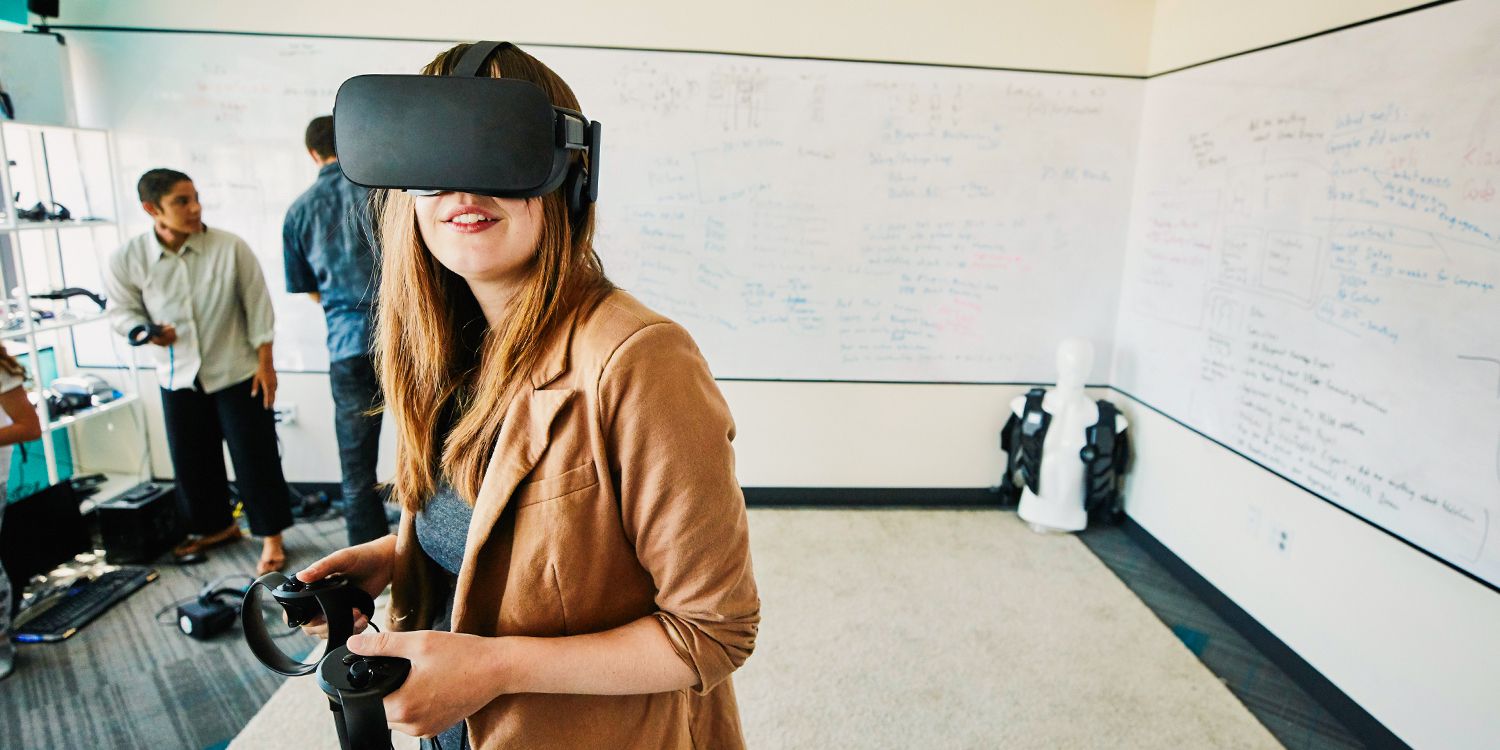Introduction:
Virtual reality (VR) has taken the world by storm, creating immersive experiences for users across various industries. While VR is well-known for its applications in gaming and entertainment, its potential to transform education is quickly being realized. By incorporating virtual reality into the classroom, educators can better engage students and enhance their learning experience. This article will explore how VR can be integrated into modern education and provide examples of how it promotes learning.
The Rise of Virtual Reality in Education:
Over the past decade, virtual reality has gained momentum as an innovative tool for education. With the development of more accessible and affordable VR systems such as Oculus Rift, HTC Vive, and PlayStation VR, educational institutions are beginning to implement this technology. From primary schools to colleges and universities, educators are discovering that VR can reinforce traditional learning methods and create powerful educational experiences.
Benefits of Virtual Reality in Education:
1. Enhanced engagement: By using virtual reality, educators provide more interactive and engaging ways for students to learn. VR captures students’ attention by giving them an immersive experience, making it easier for them to retain information.
2. Improved student performance: Research has shown that incorporating virtual reality into education results in higher test scores and increased subject matter knowledge compared to traditional teaching methods.
3. Greater access to resources: Virtual reality enables students to explore worlds beyond their physical locations. They can visit historical sites, take a trip through outer space, or even enter a cell’s nucleus – all from within their classroom.
4. Collaborative learning: Through virtual reality, students can work together in real-time to
solve problems or complete projects from across the globe.
5. Special needs education: Customizable VR environments cater to different learning styles and abilities, making education more inclusive for students with special needs.
Examples of Virtual Reality in Education:
– Google Expeditions enable teachers to take their students on virtual field trips to over 1,000 locations, including the Grand Canyon and the Great Barrier Reef.
– Medical training institutions use VR simulations to practice surgeries and other high-stakes procedures without risking patient harm or requiring cadavers.
– Language learning apps incorporating VR allow students to visit foreign countries virtually and practice conversing with native speakers.
– Architecture and engineering students can design, build, and explore their creations in a virtual environment before constructing them in reality.
Conclusion:
Virtual reality is revolutionizing modern education by providing immersive, interactive learning experiences that engage and inspire students. As VR technology continues to advance, its potential to further impact teaching methods and break down barriers in education will only grow more significant. By embracing this innovative tool, educators can better prepare today’s students for the challenges of tomorrow’s world.

